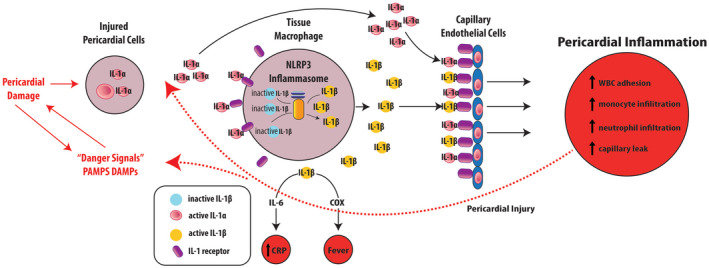Figure 1. Inflammasome and activation of Interleukin‐1β.

Infectious and sterile noxious stimuli injure the pericardial cells primarily through the activation of pathogen‐associated molecular patterns and damage‐associated molecular patterns, leading to the expression/release of IL‐1α deposits. This promotes along with other triggers, the transcription of the IL‐β precursor and the assembling of the inflammasome in the cytosol of innate immune response cells (ex., tissue macrophage). The inflammasome enzymatic component Procaspase‐1 cleaves the IL‐1ß precursor into its active form. Ultimately, both IL‐1α and IL‐1ß bind to IL‐1 receptors in capillary endothelial cells promoting further pericardial inflammation by various mechanism enhancing pericardial damage which perpetuate the inflammatory cascade of events. COX indicates cyclooxygenase; CRP, C‐reactive protein; DAMPs, damage‐associated molecular patterns; IL, interleukin; NLRP3, nucleotide‐binding oligomerization domain–like receptor pyrin domain‐containing 3; PAMPs, pathogen‐associated molecular patterns; and WBC, white blood cells. Reprinted from Klein et al, 25 with permission. ©2020, Elsevier.
